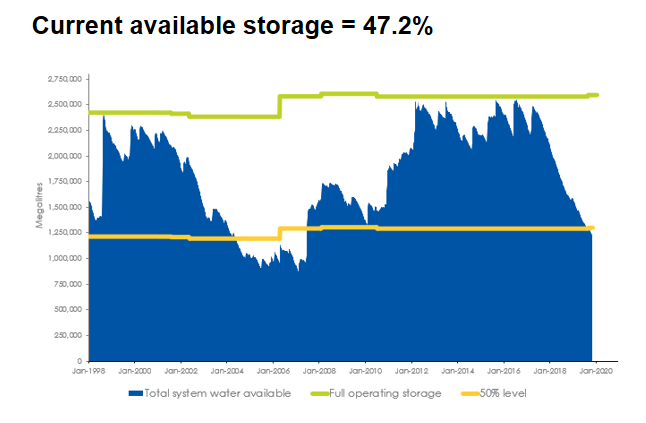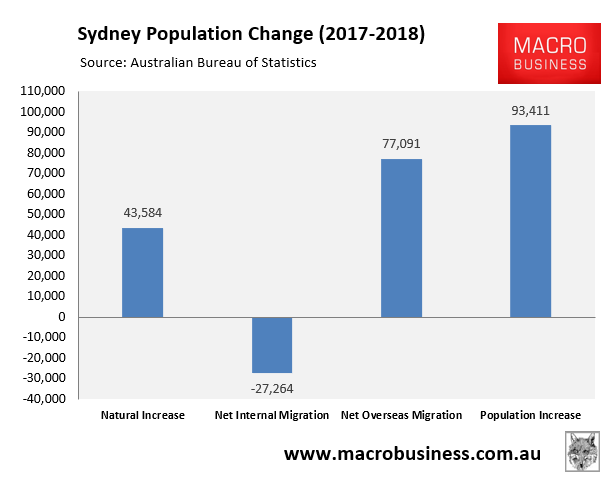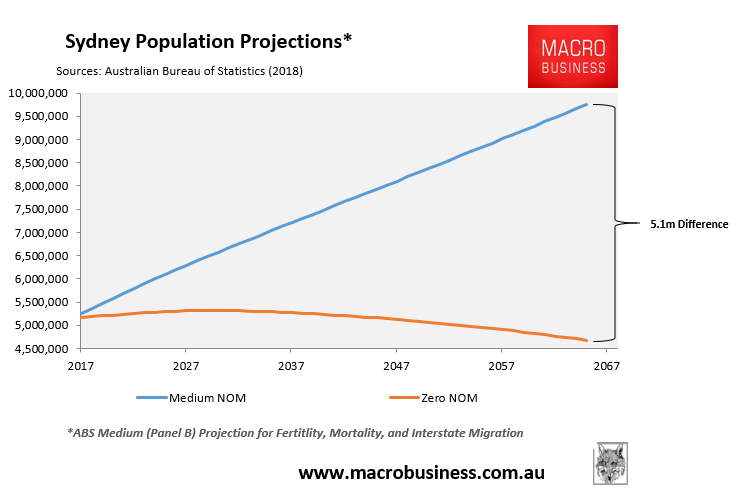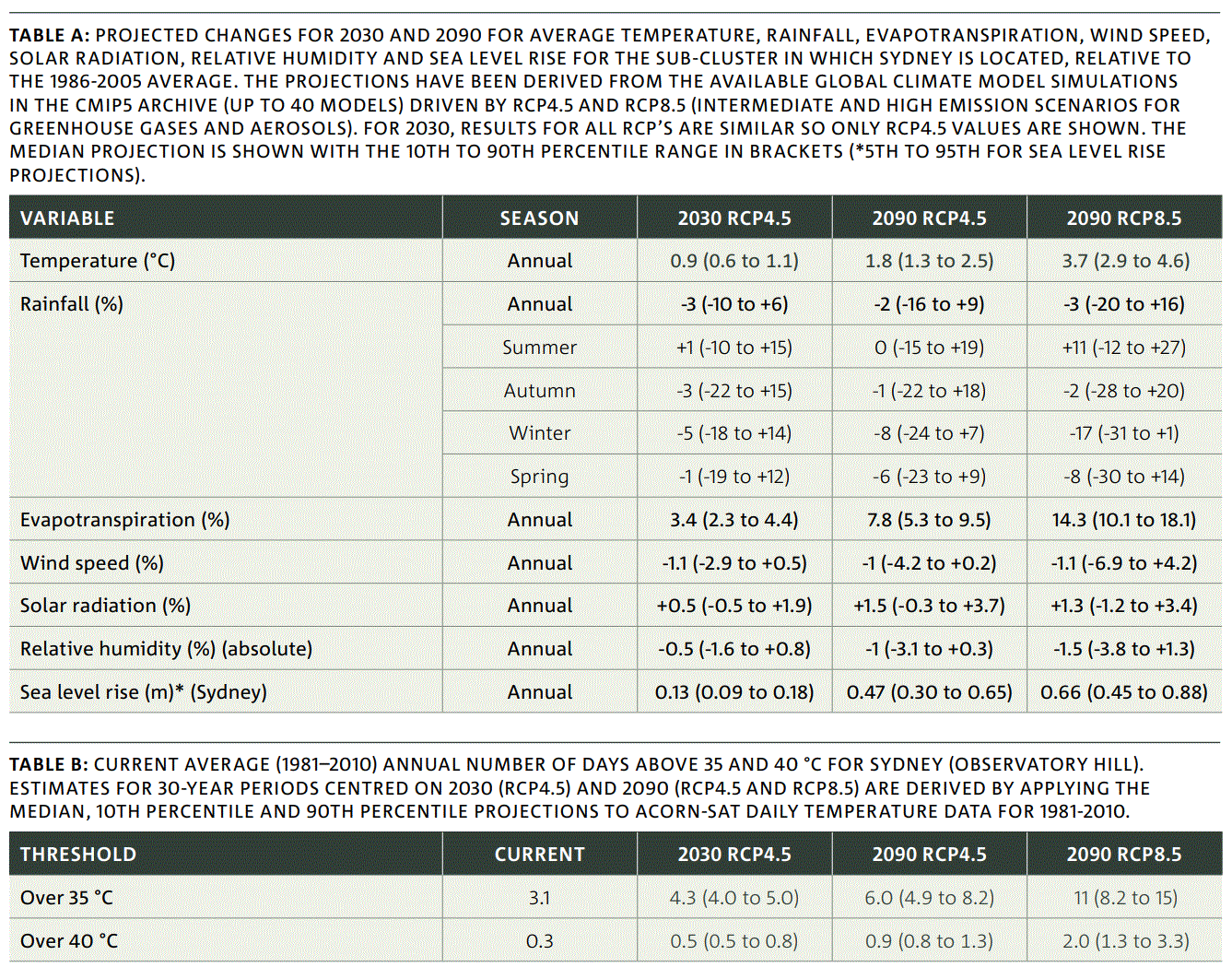Sydney’s water storages are plumetting at a faster rate than was experienced during the 2000s Millennial Drought, which was said to be the worst drought in Australia’s recorded history:

This has authorities concerned that Sydney could soon face “day zero” – a time when the city runs out of drinking water:
Sydney’s water storage levels are on track to be at their lowest in history by next year as authorities grapple with how to stave off the looming prospect of a Sydney “day zero’’ — the day we run dry.
The current decline in water reserves has been so swift that Greater Sydney’s combined water storage is set to be smaller than what was recorded in the millennial drought by late next year. And it is understood that a planned expansion of the city’s desalination plant will only temporarily hasten the decline in water levels when the plant is forced offline for a month…
Current forecasts say Sydney has enough water to last only until May 2022.
Asked about the crisis, Water Minister Melinda Pavey said “Sydney is not immune to the drought” and added that the decline in water since August 2017 was the biggest drop in storage ever recorded. “NSW is in the worst drought on record, city and country,’’ she said.
“We all need to be doing our bit to conserve as much water as we can”…
Ms Pavey said Sydney faced “the biggest decline in water storage on record”.
The key difference between now and the 2006 water storage low is that Sydney’s population has grown by around one million people (~20%) over that period, which has dramatically increased water demand.
As we know, Sydney is the nation’s prime immigration gateway, importing an extra 77,100 people in 2017-18:

Sydney’s population is also projected by the ABS to balloon by 94,000 people a year for the next 48 years, effectively doubling the city’s population to 9.75 million people. And all of this growth will come from net overseas migration (NOM):

Even as droughts become more common and severe and evapotranspiration rates skyrocket:

A ballooning population alongside water-draining climate change is obviously a dangerous combination that will inevitably lead to chronic water shortages and the need to construct an entire battery of energy-hungry desalination plants up and down the coast.
This situation is made worse by the fact that most new migrants locate in Sydney’s West, which is farthest away from the ocean and makes desalination less viable (and more expensive).
This planning lunacy will mean Sydneysiders will die of thirst long before its population targets are met.
Or we can, you know, cut immigration now.

